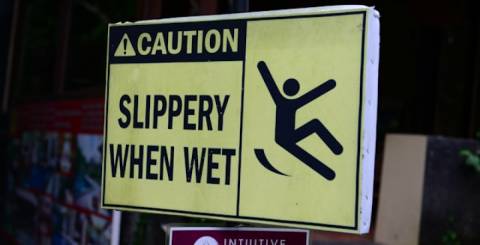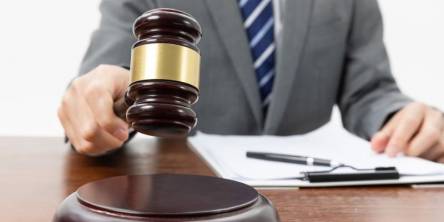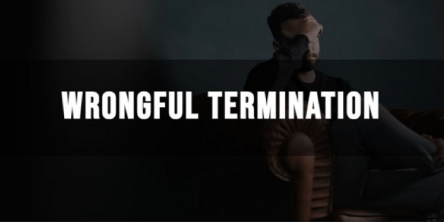Slip and Fall Injuries in the Workplace: Employer Responsibilities

Workplace safety is a paramount concern in Texas, where slip and fall accidents can result in serious injuries, contributing to the significant injury statistics seen across the state. Employers in places like Pearland, Texas, are legally obligated to provide a safe working environment, which includes maintaining flooring and walkways, ensuring adequate lighting, and promptly addressing any hazards that could lead to slip and fall incidents. Failure to meet these responsibilities can not only lead to injuries but also substantial legal repercussions for employers.
Understanding the extent of employer responsibilities and the rights of employees in the event of a workplace slip and fall is crucial. If injured on the job, employees may be entitled to compensation through workers’ compensation and, in some cases, additional legal claims depending on the circumstances of the accident. Googling slip and fall lawyer near me can provide injured workers with the necessary legal guidance to navigate these complex situations. These legal professionals specialize in assessing the case details, advising on the best course of action, and ensuring that all legal rights are upheld.
Ensuring Workplace Safety
Employers hold a responsibility to safeguard their employees from slip and fall dangers. They are morally and legally obligated to establish a safe working environment by putting measures in place. This involves conducting inspections of the premises to spot hazards like slippery floors, loose cables, uneven surfaces, or poor lighting.
By keeping areas well-lit, putting up warning signs, and promptly dealing with any identified risks, employers can greatly lower the chances of slip and fall accidents happening on the job. Furthermore, they should make sure that employees have access to personal protective equipment (PPE) such as anti-slip shoes or boots.
Educating Employees on Work Safety
Education plays a role in preventing slip and fall injuries. Employers should invest in training initiatives to educate their staff about risks and best practices for maintaining a safe workplace.
Training sessions can encompass topics like identifying dangerous conditions, following proper housekeeping protocols, using caution signs effectively, and knowing how to react to spills or accidents on site. By equipping employees with the knowledge to prevent mishaps and respond promptly when they happen, employers reduce risks and promote a safe work environment.
Risk Assessments
Regular risk assessments help pinpoint hazards in the workplace. Employers should conduct evaluations that consider factors such as layout design, flooring conditions, lighting setups, and the state of stairways or any objects that could cause tripping hazards.
These evaluations help employers gauge the effectiveness of safety measures in place and highlight areas that might require enhancements. By being proactive in addressing dangers, employers demonstrate a commitment to ensuring employee safety and decreasing slip and fall incidents.
Proper Maintenance
Employers must maintain their facilities properly to prevent slip and fall accidents. This includes inspecting walkways, stairs, handrails, floors, and other entry points. Employers must fix or replace any damaged items identified during inspections to minimize risks.
Moreover, upholding cleanliness through regular practices aids in controlling spills, debris, or other potential hazards within the workspace. Proper cleaning services should be put in place to quickly address hazards, like slippery floors caused by spills or bad weather conditions.
Guidelines for Reporting Incidents
It's important for employers to establish protocols for employees to report any incidents of slips and falls. Employees should feel empowered to inform their supervisors when an incident occurs, even if they don't show signs of injury.
By reporting incidents, employers can ensure that investigations are carried out promptly and necessary corrective actions are taken. This approach significantly helps prevent slip and fall accidents in the workplace.
Compensation for Slip and Fall Accidents
Employees who suffer slip and fall accidents due to employer negligence are entitled to compensation through workers’ compensation programs or personal injury claims, as per laws. Employers are legally required to provide coverage and assist employees in their recovery process if they get injured while carrying out their job responsibilities.
Workers’ compensation policies usually cover expenses like doctor visits, hospital stays, surgery costs, medication fees, rehabilitation needs, and other eligibility-related dental treatments.
Conclusion
Employers are responsible for ensuring a work environment that reduces the chances of slip and fall accidents. Employers can lower the chances of accidents by being proactive. This includes assessing risks, implementing measures, maintaining facilities, and properly training employees.
Employers must support and compensate employees who get injured from slips and falls at work. They should follow workers' compensation guidelines or personal injury claim procedures. By taking action and responding quickly, employers can fulfill their obligations and make employee safety a top priority at work.
Similar Articles
Train accidents can cause devastating losses to victims. They may incur serious injuries, emotional distress, and financial strain for those affected
The Centers for Disease Control and Prevention (CDC) report that approximately seven out of every 1,000 babies born in the United States experience birth injuries.
Losing a loved one in a fatal car accident is an unimaginable tragedy, often leaving families overwhelmed by grief and facing financial hardships. Medical bills, funeral expenses, and the sudden loss of income can add to the emotional burden.
The Centers for Disease Control and Prevention estimate that about 1.7 to 3.8 million traumatic brain injuries happen each year in the US and 10% of these cases are due to sports and recreational activities.
Drivers hit pedestrians when they are walking, jogging, or running. Unfortunately, because walkers aren't protected, these accidents often end in serious injuries or death.
Accident lawyers specialize in personal injury law, helping clients obtain compensation for injuries and losses due to various accidents. Their expertise is crucial in navigating the complex legal landscape that follows these unfortunate events
Learn your rights and navigate the legal process after wrongful termination. Get essential tips and guidance to protect yourself and seek justice.
Explore your legal rights and options as an injury victim. Learn how to seek justice and compensation with our comprehensive guide.
Personal injury lawyers are legal professionals who specialize in representing individuals who have sustained injuries, both physical and emotional, due to the negligence or wrongdoing of another person, company, government agency, or any other entity.









